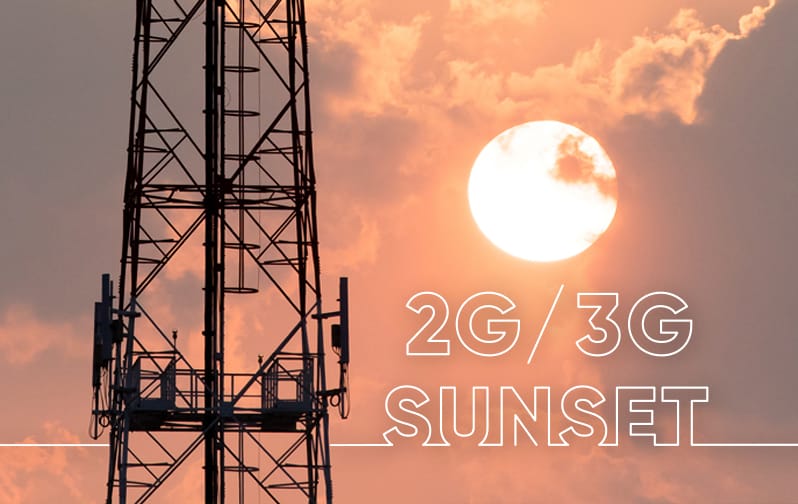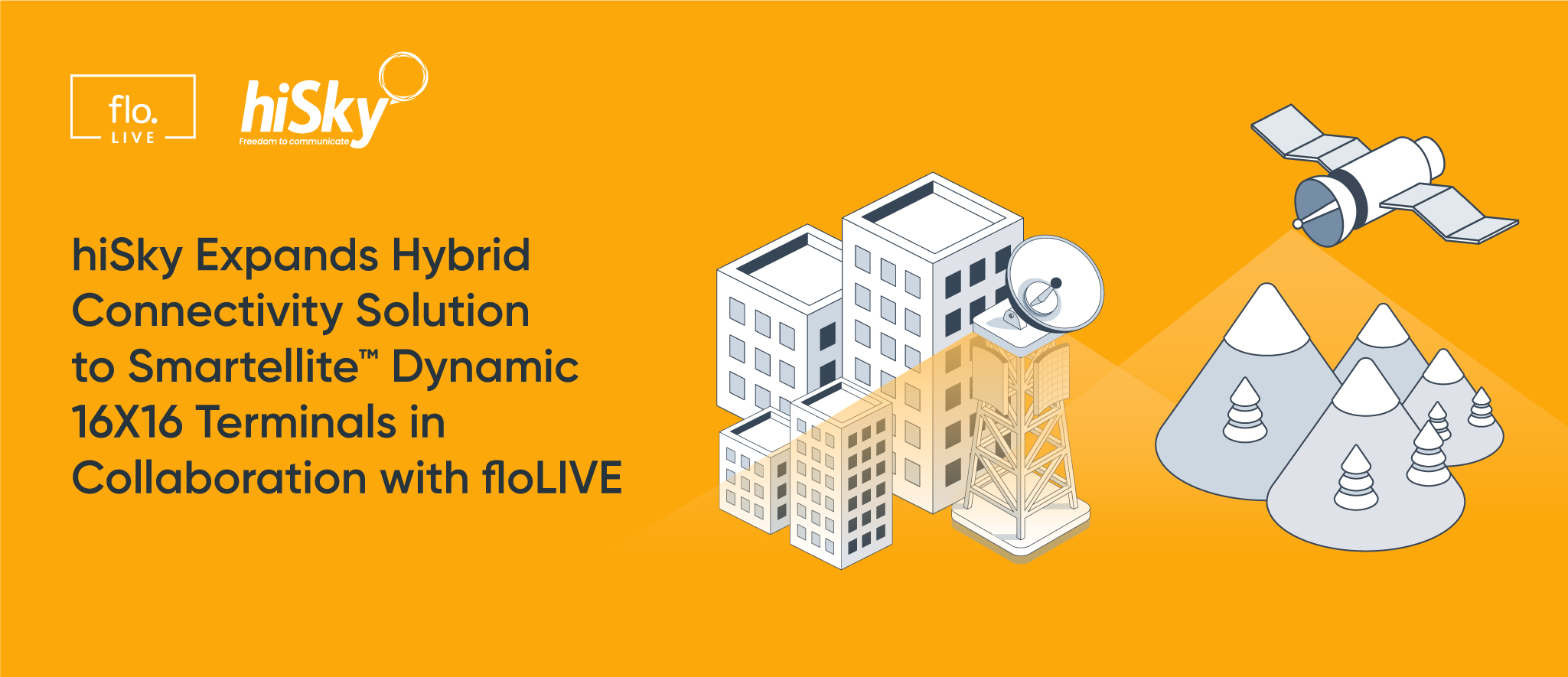Page Contents
Are You Aware of the Impact of a Potential 2G/3G Sunset on IoT Devices?

Page Contents
What business today doesn’t want to be future-proof? Being prepared for what’s around the corner isn’t always possible, but in the case of 2G and 3G sunset procedures, the writing is very much on the wall. If you’re not thinking about IoT challenges as a result of these sunsets, it’s time to get aware of the potential roadblocks.
Where are 2G and 3G Sunsets Happening?
Many mobile operators are phasing out legacy 2G and 3G networks to be ready for 5G deployments. Most already insist on no new 2G or 3G deployments, but soon these mobile operators will stop supporting those that are in existence, too.
Operators are driven by the need to repurpose the existing spectrum for 4G LTE and 5G devices, Low-power wide-area network LPWAN: Cat-M, and NB-IoT which are all more cost-effective, and efficient for their customers. As more devices can share 5G spectrum than 2G or 3G – it doesn’t make sense for operators to keep supporting the legacy networks. While governments may push back their roadmap for mission-critical government or healthcare use cases, it’s unlikely that they will give you a heads up when your business is in the line of fire.
Of course, not all mobile operators will plan their 3G sunset for the same date – that would be too easy! Instead, we’re seeing examples like AT&T in America planning to phase out 3G by the beginning of 2022 and EE and Vodafone in the UK phasing out 3G by the end of 2022, while KDDI in Japan is planning its own 3G sunset for Q4 of 2026. Timing may vary – but that 3G sun is going down.
What Might Network Sunsets Mean for My IoT Business?
It’s impossible to keep track of all the dates and operator roadmaps – but one thing is clear. If you’re relying on 3G networks for IoT deployments or existing IoT connectivity – you’re about to be out of luck. 3G is becoming a niche technology with shrinking regional and national coverage and support.
- Device deployment problems: Once a 2G or a 3G sunset takes place, devices that are built for this technology will be inoperable. As many as 40% of Mobile Personal Emergency Response System (mPERS) devices that cover critical medical use cases rely on 3G networks, for example.
- Poor customer service: The segment that will suffer the most of course will be the customers. The medical monitoring and tracking devices that we discussed above are most commonly used by an aging population. For fleets and tracking, it’s the customers that won’t be able to monitor or receive timely deliveries. Installation of new software and hardware will cause downtime, and even phased rollouts still disrupt operations.
- Service disruptions: IoT devices can take time to upgrade to a new network. Just ask the San Francisco Municipal Transportation Agency, who experienced two weeks of business interruption as a result of relying on the 2G network past its sunset date. When the service stopped being supported by AT&T, they were caught short – despite having 5 years of notice for the sunset.
- Additional maintenance effort: Taking inventory, migrating and storing data, paying for upgrades and testing new systems can all take time and cost money. If you don’t have budget and resources allocated to these tasks – and you don’t have a single connectivity management solution that provides visibility into all of your devices, it can be a serious hit.
Preparing for the Impact of a 3G Sunset on your IoT Deployments
To help your business get ahead of the impending 2G and 3G sunset, you’ll need to take a few key steps.
- Audit your current architecture: Ask yourself, what will be impacted by the upcoming sunset, and will you need to update or replace these assets? For each item, think about what your goals are. In some cases you might decide to decommission certain devices, if for example you aren’t getting ROI in those locations.
- Choose your new technology: In other cases you’ll want to upgrade to the latest technologies such as LPWAN that’s specifically known for improving the battery life of IoT and can offer not just up-to-date coverage, but also better capacity or latency. Here’s where you consider your time-frame, the scope of your project and the budget you have to play with.
- Think long-term: Savvy decision-makers may realize that today’s solution will be tomorrow’s sunset. Just as 3G networks were once the cutting edge IoT device solution of choice for use cases such as asset tracking and today’s most popular legacy 3G devices, it won’t be long before 4G LTE is on the chopping block. Look for solutions that can be updated to 5G with a simple firmware update, and keep business running as usual.
Get Seriously Future-proof in the Face of 2G/3G Sunsets
As the world prepares for 2G/3G network shutdowns, it’s time to begin planning your migration to 4G LTE and beyond. The right partner will have a deep knowledge of 4G and 5G technology to help you implement a future-proof strategy.
As floLIVE is an entirely cloud-based solution that offers software-defined connectivity, once the hardware module has been purchased, we can support all technologies, from 4G, 5G, LPWAN and whatever comes next. We also offer smart and innovative business models to help you get your IoT project off the ground according to your requirements of time, cost, and resource investment. Deploy your devices with floLIVE, and you’re gaining an experienced partner, reduced ongoing maintenance, complexity and costs, and a truly innovative approach to IoT connectivity.
Get in touch with one of our IoT experts today to discuss your own IoT roadmap.

Join Our Newsletter
Get the latest tips and insights in our monthly newsletter.









